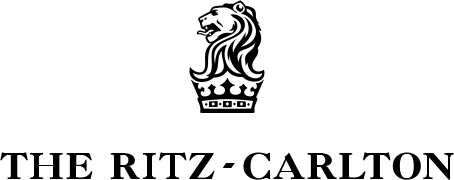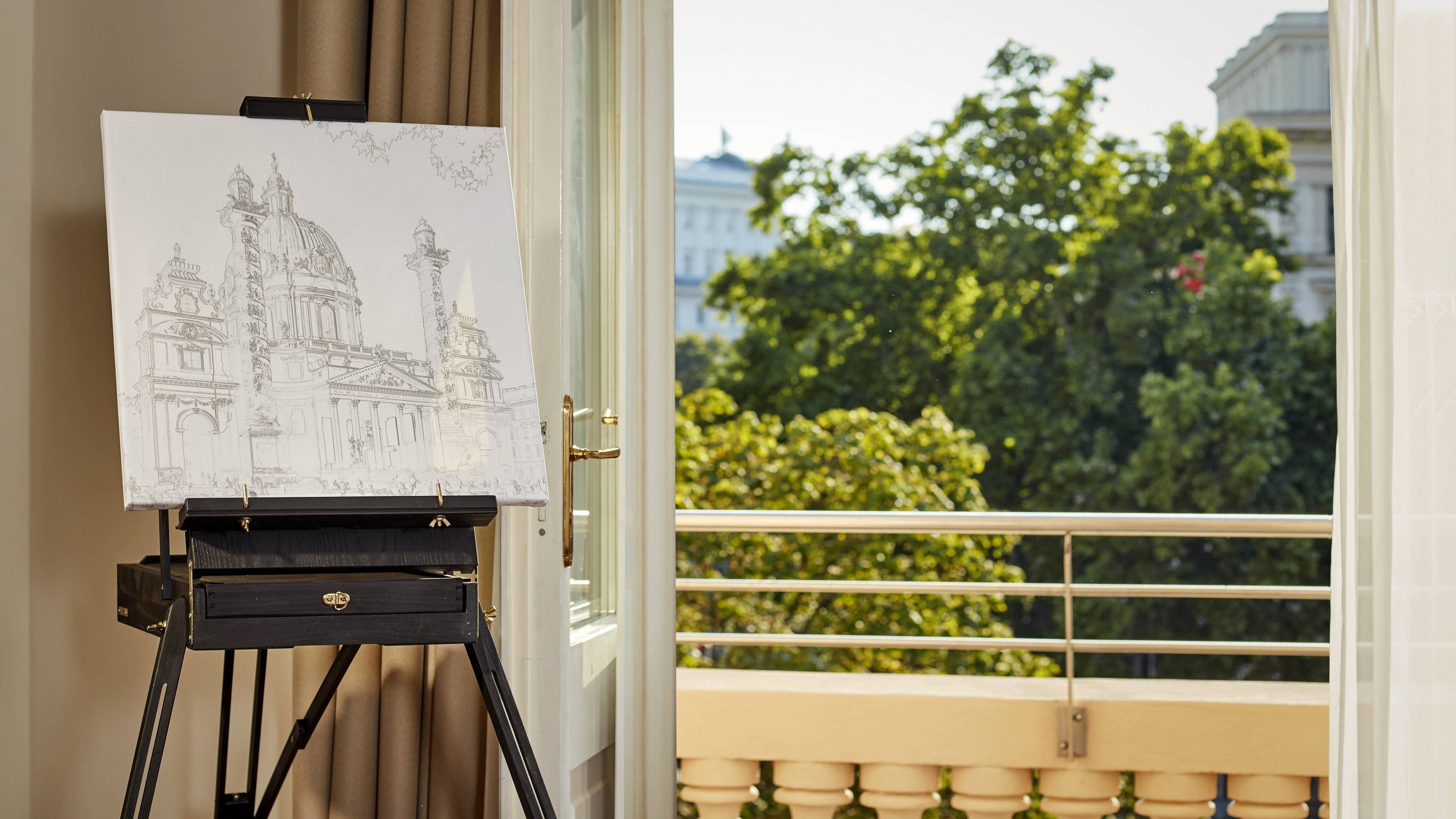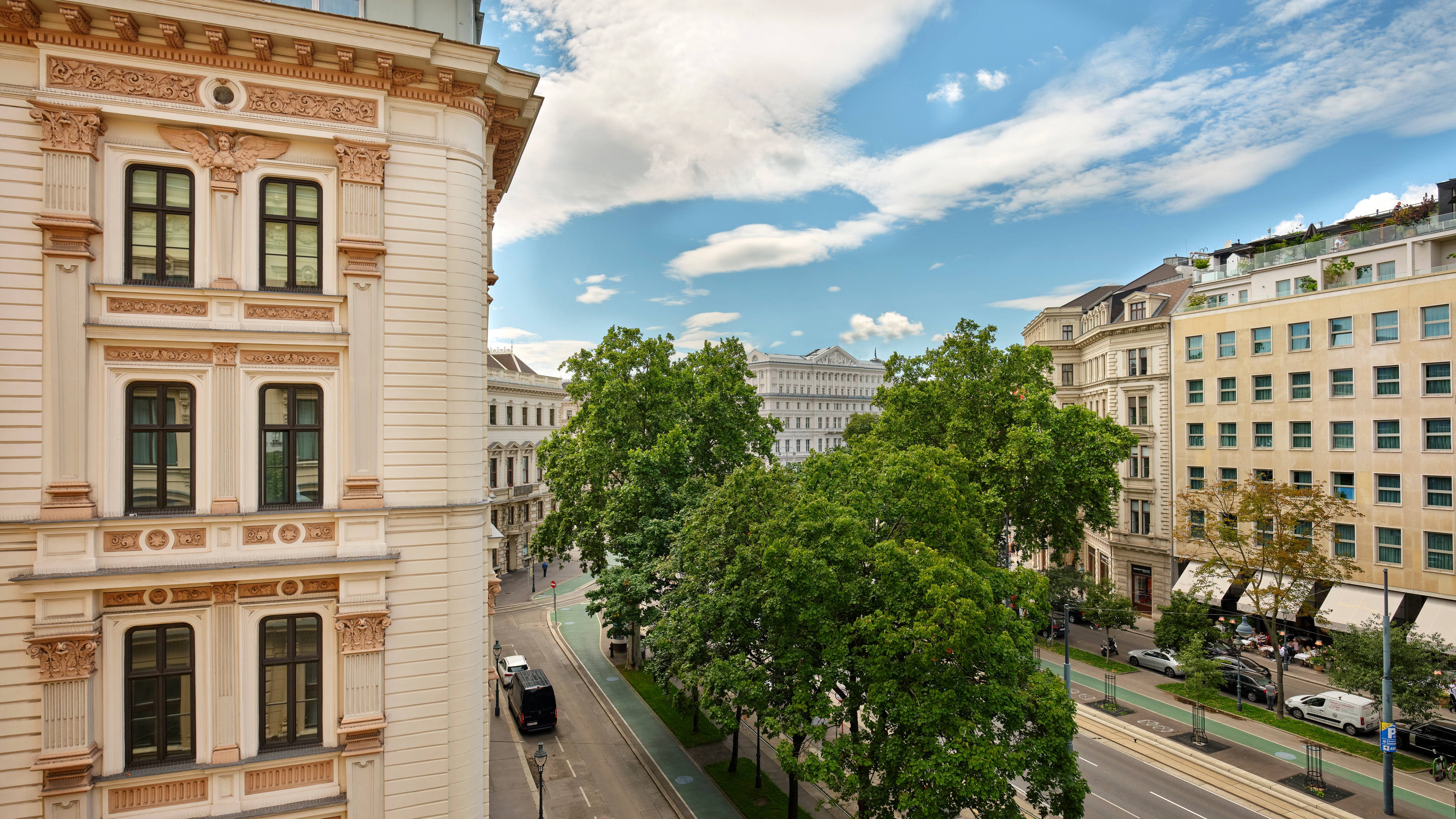Connect With the City and Explore What To Do in Vienna
Experiences
From coffee to castles, Vienna is a fairytale city come true. The Ritz-Carlton, one of the best family-friendly hotels in Vienna, borders the beautiful Vienna City Park, with Musikverein and Vienna State Opera nearby. Just 20 minutes from Vienna International Airport and located on the iconic Ringstrasse, our hotel is the perfect mix of hidden retreat and city address. Guests can easily explore impressive shopping and cultural attractions. Enjoy Vienna golf, and let our passionate team curate your ideal itinerary. Ask our concierge to help you devise the ideal Vienna itinerary. Be prepared for suggestions full of authentic Viennese experiences, including waltz lessons, a house wine tour and a night at the chef's table at Dstrikt Steakhouse. Our spa with an indoor pool in Vienna is also the perfect place to relax after a long day exploring. Discover what to do in Vienna with us.

The Ritz-Carlton Spa
Escape to a world of vitality and rejuvenate your senses at the luxurious Spa at The Ritz-Carlton, Vienna. Indulge in a revitalizing journey at our spa with indoor pool in Vienna and enhance your inner strength.
Services,Treatments and Amenities
Body Scrub
Couples Massages
Eye Treatment
Facials
Fitness Classes
Fitness Counseling Services
Foot Bath
In-Suite Massages
Makeup Services
Manicures/Pedicures
Massages
Men's Services
Separate Men & Women's Lounges
Steam Room

The Ritz-Carlton Fitness Center
Stay active with modern equipment at the Ritz-Carlton, Vienna's state-of-the-art gym.
Facilities Available
Locker rooms
Sauna rooms
Steam Rooms
Fitness Services
all major fitness equipment
Equipment Available
Cardiovascular Equipment
Elliptical Machine(s)
Exercise Bike(s)
Free Weights
Rowing Machine(s)
Strength Equipment
Treadmill(s)
Weight Machines

Swimming
Indoor Pool
Mon-Sun : 6:00 AM-12:00 AM
Indoor Pool
Indoor
Towels provided
Pool Heated
As the seat of the Habsburgs, Vienna was a center for nobles and the place where they had their palaces built. Until the accession of the throne by Franz-Joseph in 1848, the city of Vienna was only located inside the city walls, which were at the same location where the Ring Boulevard is located today. It was until 1857, that the emperor decided to beautify his city and to open it to the suburbs in order to increase trade, to strengthen his political power and to improve the status of the less wealthy population. From the middle to the end of the 19th century the construction activity on the Ring Boulevard was particularly strong and the style of this time was named “Ringstrassen architecture”. Some of the most famous architects of the time left their mark on the “Ringstrasse”. It was also during this groundbreaking time, that the buildings in which The Ritz-Carlton, Vienna is located today, were constructed.
The original building of The Ritz-Carlton, Vienna consists of four historic, now heritage-protected, nineteenth century palaces that have been linked together. The magnificent buildings were built between 1865 and 1871 in the prosperity of the Viennese “Ringstrassen architecture”. Schubertring 5, the place where the lobby of the Ritz-Carlton, Vienna is found today, was originally built as "Adels Casino" in 1866. Already in the 19th century the building had the character of a hotel, since noble bachelors had the possibility to stay there overnight. The "Adels Casino" was built by the famous architect Sir Johann Romano, who designed and built further twenty-two buildings around the Ringstrasse. Schubertring 7 was built by architect Anton Ölzelt as a residence for his family in 1865 and was therefore named "Palais Ölzelt".
Today, the meeting area as well as the Dstrikt Steakhouse and the D-bar are located in the historical building. The Palais at the Beethovenplatz 2 was built between 1868 and 1869 by the renowned architect Friedrich Schachner for the family Borkenstein. Lastly, Beethovenplatz 3 was originally built as "Palais Gutmann". Sir Wilhelm Gutmann founded the largest coal company of the Austro-Hungarian monarchy.
Once four separated palaces, it was then GiroCredit, who gradually connected the individual buildings between 1939 and 1970 and used them as bank and office buildings. In 1999, the entire building complex was sold to Erste Bank, which used it as an office building until 2005, before the BAI took over the buildings and transformed it into a hotel.
1848
Emperor Franz Joseph assumes the throne after the abdication of Emperor Ferdinand. At that time, Austria was the third largest state in Europe, but the multicultural state was a great challenge for Emperor Franz Joseph.
December 25, 1857
Emperor Franz Joseph decides for the construction of the “Ringstrasse” in order to replace the old city walls and to embellish his beautiful residential city. He quotes, that the construction of the Ring Boulevard is a "Beautification of his residence and the capital of his empire". It is the greatest urban event until then, with three distinctive goals:
Firstly, the emperor pursued political goals. His aim was to make Vienna a world capital in order to demonstrate the power and strength of the Habsburg empire in Europe.
Secondly, he aimed at logistic goals to connect Vienna with its suburbs and ease the trade between different cities.
Thirdly, he of course followed goals for social improvement. His aim was to change the previous rigid social structure, in order to level out the strong power of the imperial house in contrast to the low power and influence of the wider, poor mass. Through technical and economic developments in the field of technology, transport, craftsmanship and monetary affairs, the bourgeoisie soon emerged as a new self-conscious stand, which also received political power. The project “Ringstrasse” involved large parts of the bourgeoisie as for example brick suppliers or architects and helped them to gain power and social status. Thus, the “Ringstrasse” was also an important symbol of the economic upturn in the imperial capital of the former empire.
1860
The planning of the ring boulevard was completed. Eight hundred buildings should be erected on the four-kilometer-long route.
1860- 1914
The construction of the Ring Boulevard took place. Many of today’s most important points of interest such as the State Opera, the Town Hall, the Parliament, the university buildings, Vienna’s two biggest museums, the Fine Arts Museum and the Natural History Museum, the “Burgtheater” and numerous Palaces were constructed. The only famous museum not erected alongside the ring boulevard was the Secession building. In contrast to the other buildings, the Secession was not built in the style of Historicism, but in the style of Art Nouveau. As the emperor did not like this architecture, the building had to be built outside the Ring Boulevard.
May 1, 1865
Celebrated opening of the “Ringstrasse” by Emperor Franz Joseph and Empress Elisabeth.
After 1865
The “Schubertring”, the part of the Ring Boulevard on which the Ritz-Carlton, Vienna is situated today, was at that time the finest section for housing. On the one hand, due to its proximity to the city park, which lead to a very high quality of life, on the other hand, because of the proximity to the “Schwarzenbergplatz”, where Archduke Ludwig-Viktor resided, it became even more acceptable at court. During these times it was popular to stroll on the “Ringstrasse” between 11 am and 2 pm on Sundays and watch the Viennese social life play itself out. Even today it is widely popular to regenerate in one of the many Viennese parks or to take a Sunday walk along the Ring Boulevard to see and be seen.
As the architecture of the different buildings that comprise the hotel is clearly distinctive from each other, so is its surrounding. In front of the Hotel, bordered by the prestigious Ring Boulevard, on the left side enclosed by the “Fichtegasse”, adjacent to its back the famous “Beethovenplatz” and to its right the famous “Christinengasse”, the immediate surrounding of the hotel is as interesting as its architecture.
With the words "It is my will ...", the Emperor Franz Joseph ordered the demolition of the city walls around the historical Vienna in 1857. He wanted to expand the city of Vienna, increase its accessibility to the surrounding area and built a festive boulevard, the “Ringstrasse”. Today it is part of the historical city center of Vienna and UNESCO World Cultural Heritage.
The “Fichtegasse” is named after the German philosopher Johann Gottlieb Fichte. In the past there were fortifications and the aqueduct bastion, which was used by the imperial gardens for irrigation.
The Beethovenplatz is a favored place for sunbaths or short rests in spring and summer. In the middle of the green square the Beethoven monument can be found. Beethoven made the capital of Austria his permanent and final residence and composed many masterpieces here. The Beethoven monument was unveiled in 1880 to his honors. On the left side, you can see Prometheus, friend and cultural founder of mankind in the Greek mythology. On the right hand side, you can find Viktoria, the winged victorious goddess who presents the composer laurels, which are a symbol of special success, honor and distinction. The nine children at the foot of the statue represent the nine symphonies of Beethoven.
The “Christinengasse” on the right hand side of the luxurious hotel, is named after a daughter of Maria Theresa. She was married to Albrecht von Sachsen-Teschen, the founder of the well-known Viennese art museum Albertina. The name Albertina is derived from a combination of the names of the couple Albert and Christina.
The Ritz-Carlton, Vienna has a very special character and is built in the architectural style called historicism, which is embracing older styles such as the Renaissance or Romanticism, while already implementing the simultaneous development of the art nouveau. From the outside, you can see the historical building, which is combined with a contemporary, luxurious interior reflecting its surrounding. The influence of the Ring Boulevard on the design can easily be seen by the round, wooden elements such as the chandeliers in the Lobby reflecting the shape of the Ring Boulevard and the many trees lining the boulevard respectively. The horse paintings reflect the Viennese Horse Culture as the world-famous Spanish Riding School and the beloved horse carriages, named “Fiaker” by the Viennese.
Palais Gutmann
The Gutmanns were an impoverished family that became wealthy by entering the coal trade, when the demand for railway construction material, industrial operations and heating material increased. In the course of industrialization, the former owner of the palace, Sir Wilhelm Gutmann had made a name for himself as a major industrialist in the promotion of coal and has therefore become abundantly prosperous.... See More The entire family was socially engaged and politically committed to a realm, where the rich are allowed to enjoy their wealth only after giving a corresponding share to the poor. See Less
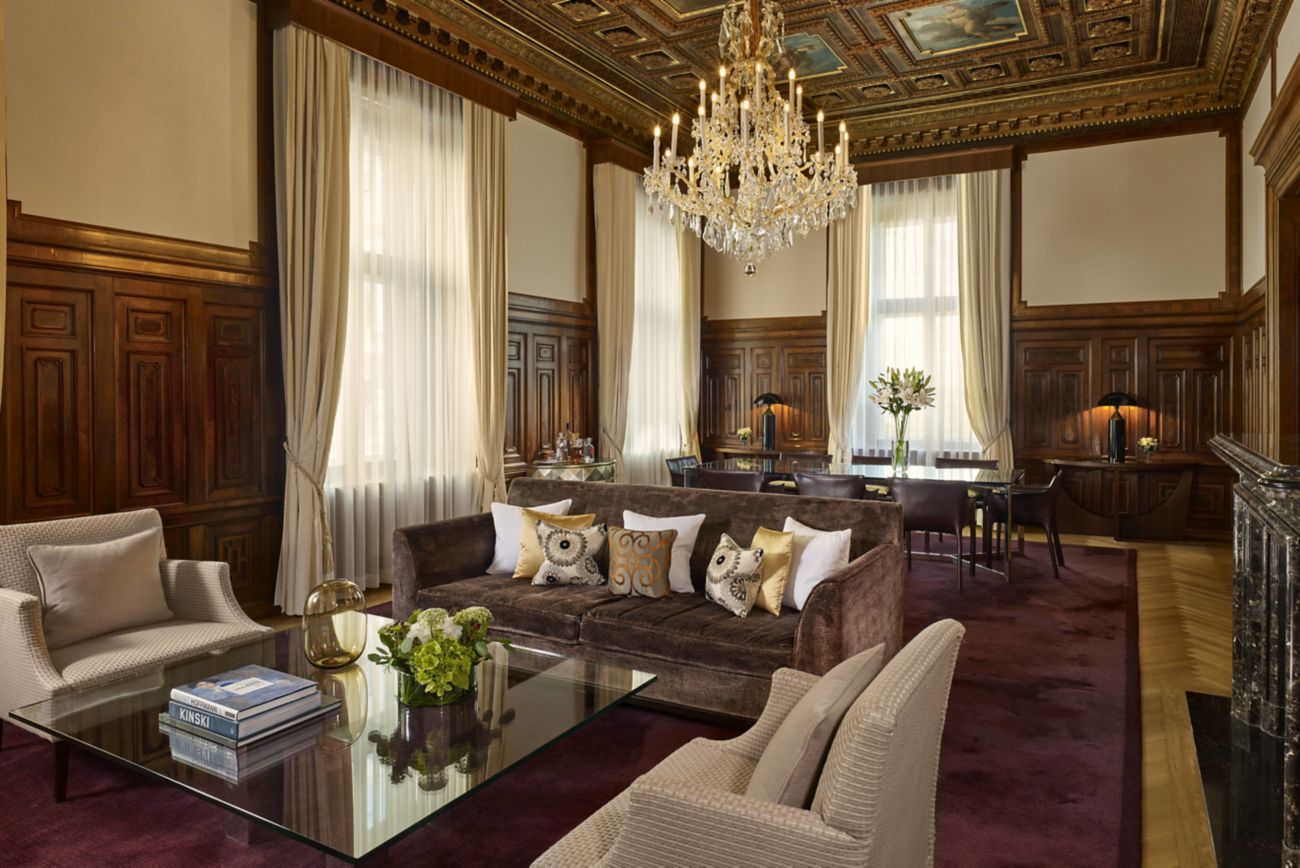
Author a room pool for which API response Exists
Located on the left back side of the hotel, you can discover an image symbolically showing mankind between heaven and hell, on the ceiling of the ancient staircase. Moreover, the meander pattern in the stairwell has Greek origin and stands for infinity as well as peace. The very same symbol can be found in many guest rooms and suites, for example, on the cupboards and all over Vienna.
It was a symbol frequently used by emperor Franz- Joseph. The ceiling painting around the chandelier of the former Belletage, now the living room of the Presidential Suite, shows the twelve months symbolically represented by angels in the first wreath. Surrounded by a further four angels that stand for the four seasons (arrow and bow: spring, leopard: summer, wine: autumn, eagle, winter).
August Eisenmenger painted the ceiling in the famous Golden Hall of the “Musikverein”. When strolling around the Palais Gutmann, you can find a fireplace on the 4th floor, showing the horror scenario of Noah's Ark, as it could have happened, as a biblical symbol against evil spirits. It is due to Sir Wilhelm Gutmann, one of the greatest art collectors in Austria that these ancient treasures can still be found.
Palais Gutmann
Built between 1869 and 1871
Architect: Carl Tietz
Owner: Sir Wilhelm Gutmann
Style: Italian Renaissance
The facade is inspired by the Palazzo Farnese in Rome
Club Noble Casino
Built between 1866 and 1868
Architects: Johann Romano, Knight of Ringe and August Schwendenwein, Knight of Lonauberg
Style: Classicism with youth-style elements
Planned and built based on the model of an English Elite Club
Renting Palais Borkenstein
Built between 1869 - 1869
Architect: Friedrich Schachner
Client: Karl Borkenstein
Style: late phase Historicism
The building was built as a luxurious tenant-occupied house with several apartments
Palais Ölzelt
Built between 1865 - 1866
Architect and owner: Anton Ölzelt
Style: Romantic Historicism
The most classical among the four palaces with a rich collection of paintings.

Renting Palais Borkenstein
The building located at the right back side of the hotels shows typical characteristics of Viennese grand palaces. The round “knuckle” at the corner of the building had been placed there, so the many horse carriages running through the streets of Vienna would not damage the corners of the buildings. Lion heads on the facades were used to keep away evil spirits.

The Palais Ölzelt
The Palais Ölzelt is located at the right front side of the hotel and is built in the most classical architecture. Today the D-bar, the Dstrikt Steakhouse and the Banquet area with our sumptuous crystal ballroom can be found here. The walls of which are fitted with 2.5 tons of Egyptian crystals.

Club Noble Casino
On the left front side of the hotel you can find the “Verein Adliges Kasino”. In addition to the casino, there were several residences on the upper floors for the Viennese society of that time. It served as a meeting place of Austrian aristocrats and the military. Today the main entrance, the Front Desk and the Lobby are located here.
The passionate team at The Ritz-Carlton, Vienna, curate emotive experiences with a destination-inspired spin. Pound the streets with a running concierge or join the guided tour of the Vienna Naschmarkt with the hotel’s Executive Chef and discover Austria’s foodie roots. Hotel guests are in an enviable position of being able to walk or quickly access some of the city's most noteworthy attractions.
What to Pack
Reminders of Vienna’s rich history can be seen — and heard — everywhere. From classical concerts to gilded buildings to fine dining, Vienna has a refined sense of living and the style to match it. Here’s what to pack for a stay in one of Europe’s most beautiful cities.
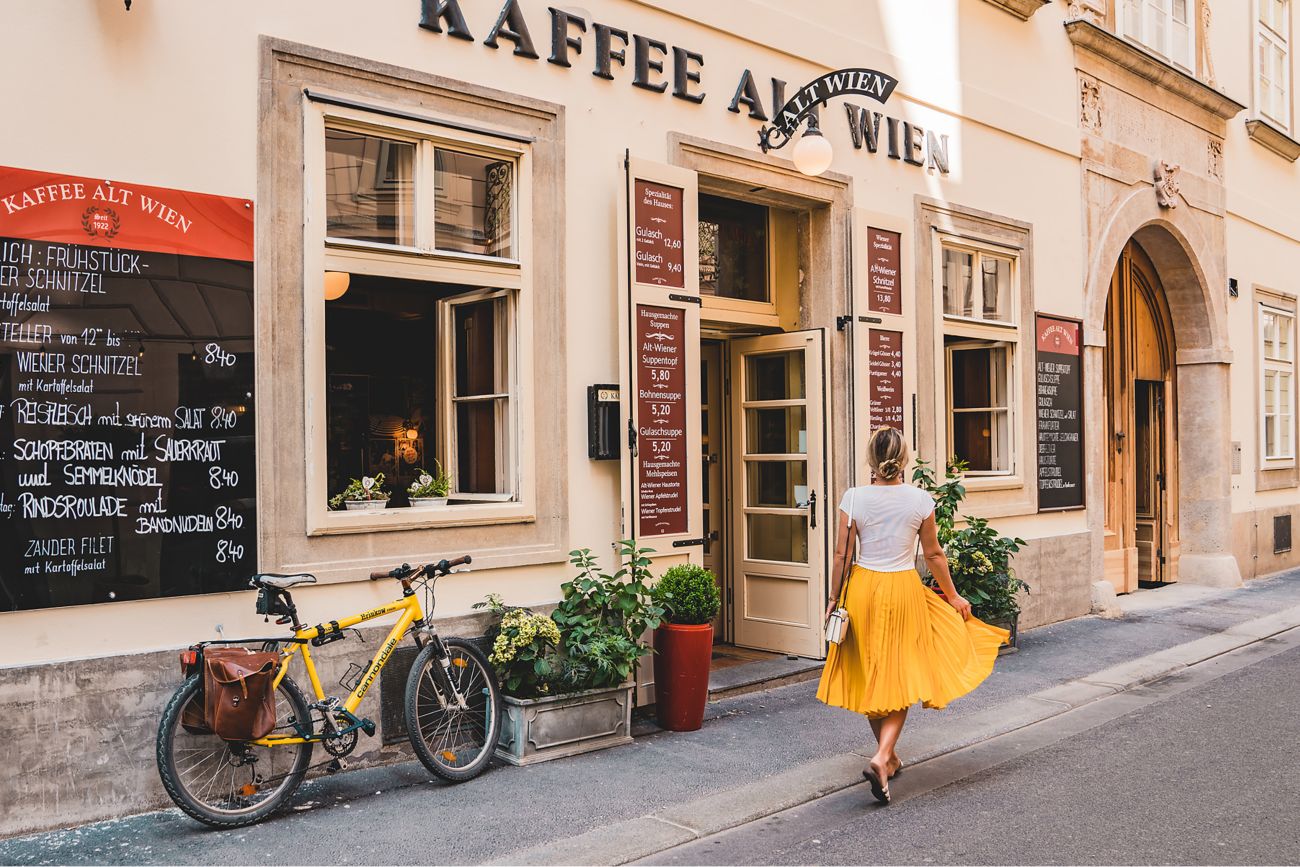
Author a room pool for which API response Exists
Vienna Spring Insider Tips
When the fall season arrives in Vienna, it bathes the hilly landscape in bright orange and deep red and the harvest season reaches its climax. The city’s various wine taverns, called “Heurige” are frequented again by locals and Vienna visitors.

Author a room pool for which API response Exists
Golf in Vienna
Vienna is usually more known for music and culture, but the many green spaces in Vienna are, of course, also very suitable as golf courses. This is also the reason why many prestigious golf clubs have been opened in recent years, which can also be used by non-members - if you ask in time for the conditions and reserve the tee-off time. Below you will find the best golf courses for your trip to... See More Vienna. See Less
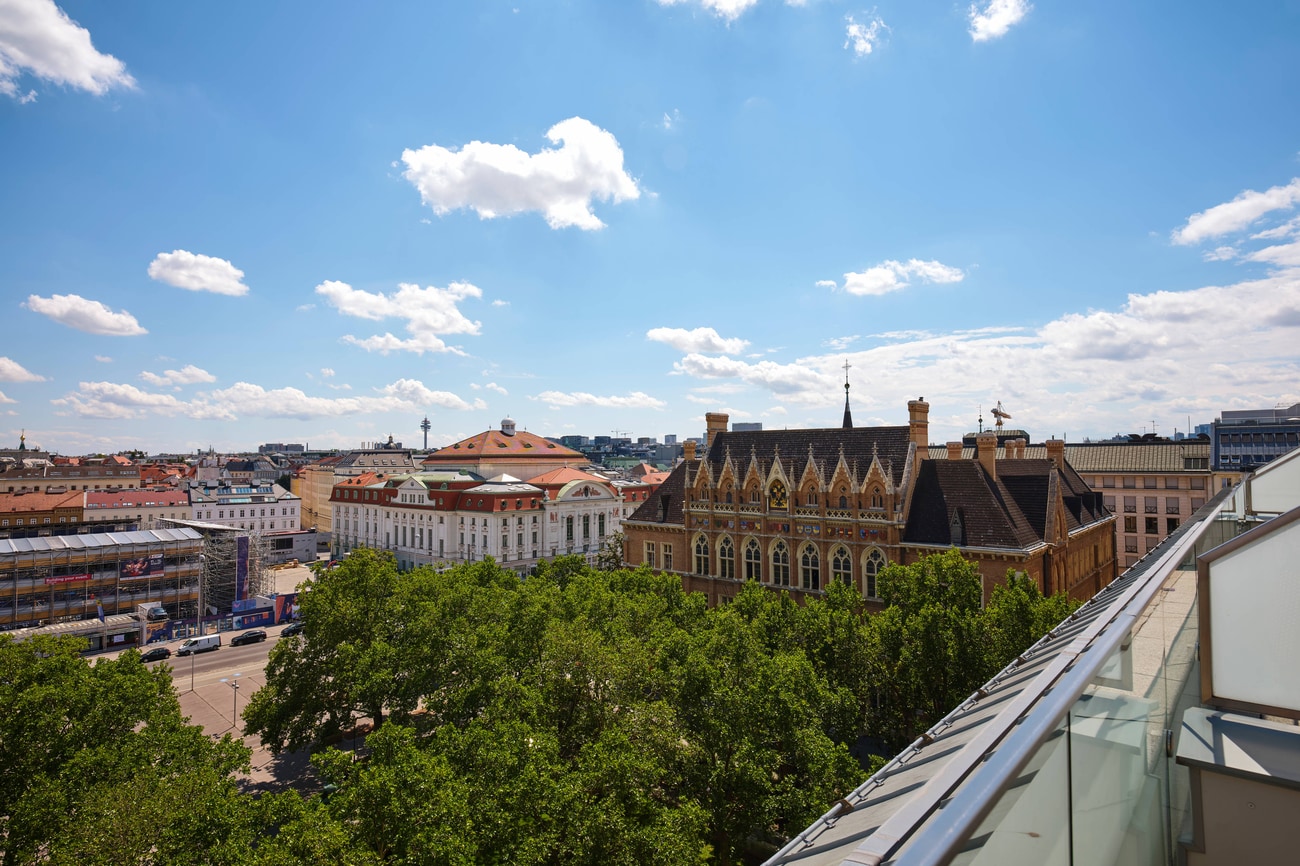
Author a room pool for which API response Exists
Wiener Musikverein
For over 150 years, the Vienna Musikverein has been a beacon of world-class classical music, housing the renowned "Golden Hall," a symbol of Vienna's rich musical heritage. Designed by Theophil Hansen and opened in 1870, the building is celebrated for its exceptional acoustics and opulent design. The Musikverein hosts the annual New Year's Concert of the Vienna Philharmonic, a globally broadcasted... See More event. The venue includes six concert halls in total, featuring the Golden Hall and Brahms Hall in the historic building, along with four new halls in the underground extension. See Less

Author a room pool for which API response Exists
Golf Club Wien Freudenau
In the midst of the Prater water meadows, on the site of the racecourse, are the fairways of the oldest golf course in Vienna that is open the whole year round. Available are a driving range as well as putting, chipping and pitching greens and a practice bunker for intensively training your golf shots. The Golf Club Wien Freudenau is reachable from the hotel within only 20 minutes by car.
City & Country Golfclub Wienerberg
The conveniently located 9-hole course is demanding and slightly hilly, and appreciated by beginners and passionate golfers alike. A floodlit driving range and a putting and chipping green are available for training purposes and only 20 minutes away from the luxury hotel.
Golfclub Wien-Süssenbrunn
This 18-hole championship course, on which links golf can be played, is just 30 minutes from the hotel by car and situated on the former estate of Maria Theresia. It is also home to Vienna's biggest covered driving range with pitching area as well as chipping and putting green.
Citygolf Vienna
This beginner-friendly golf club was reopened a few years ago and offers nine holes designed to be very friendly to newcomers on its par 62 course. The course is also recommended to good players as a training venue due to its smaller and fast fairways and is reachable within 30 minutes from The Ritz-Carlton, Vienna.
Golfclub Marco Polo
This 9-hole golf course is situated 25 minutes to the north-west of the luxurious hotel and offers lots of variety and sporting challenges with its fairways, bunkers, ponds and roughs. There is also a driving range with 10 tee positions, two of which are protected against the weather.
For any further questions or reservation arrangements for a golf course, please contact our dedicated Concierge Team at +43 1 311 88 404 or concierge.vienna@ritzcarlton.com

Travel and Customs
International Travel Requirements
Austria is a signatory to the 1995 Schengen Agreement. There are no restrictions on the remaining validity of your passport, providing you leave Austria before its expiry date We recommend the following web pages for additional information. Phone: +43131188

Vienna Is Waiting to Be Discovered
By Ritz Kids
From the moment of arrival, we welcome kids to The Ritz-Carlton, Vienna by encouraging them to explore the sights and sounds of the hotel and Vienna. Phone: +43131188
The Ritz-Carlton, Vienna provides various offers and activities for families. Including:
- Kids special check-in
- Treasure hunt
- Kids amenity
- Crib
For any Ritz Kids inquiries, please do not hesitate to contact our Ritz Kids Team by telephone on +43131188.
Guided by playfulness and a sense of wonder, Ritz Kids® delights and engages your children to interact with their surroundings in a fresh and exciting way, while introducing them to the four important pillars of Ritz Kids discovery: Water, Land, Environmental Responsibility and Culture. Vienna offers little adventures, fun and excitement throughout the year.
Bring joy and unforgettable moments in the life of your child. In the guide, you will find out which great experiences for children are to be discovered in Vienna.
For all the questions regarding children activities and family experiences please do not hesitate to contact our Ritz Kids Concierge.
Frequently Asked Questions
Yes, The Ritz-Carlton, Vienna has a fitness center on-site for hotel guests.
Yes, The Ritz-Carlton, Vienna has one Indoor pool on-site for hotel guests.
Yes, The Ritz-Carlton Spa is located on-site at The Ritz-Carlton, Vienna. Click here to book a service now.
Hofburg, St. Stephans Cathedral - Stephansdom, Albertina Museum, Schoenbrunn Palace - Schloss Schoenbrunn, Belvedere Palace - Schloss Belvedere and more are nearby The Ritz-Carlton, Vienna.

